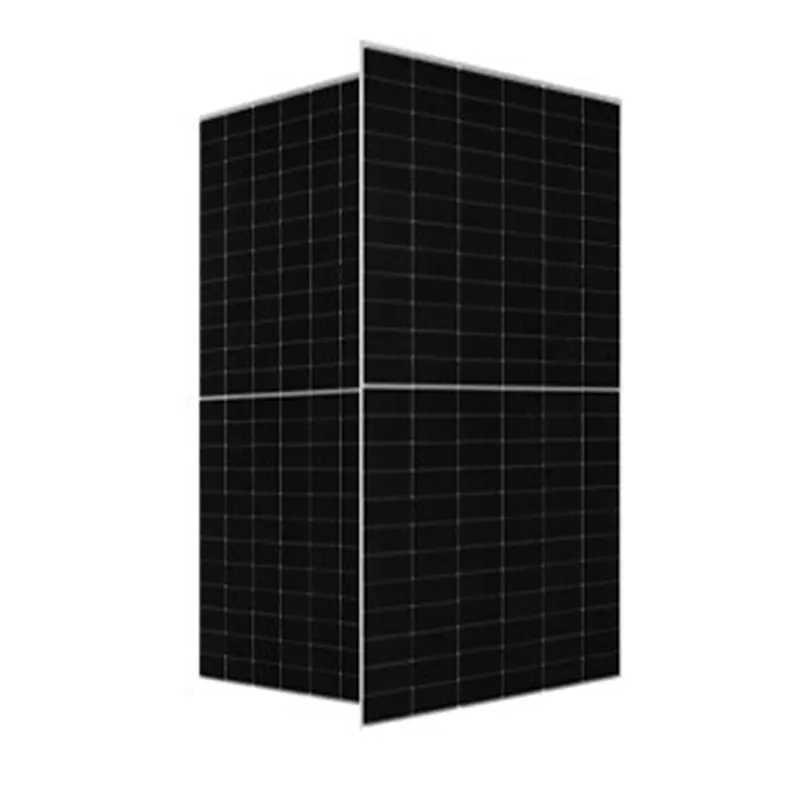solar panel production line
The Solar Panel Production Line An Overview
As the world moves towards sustainable energy, the importance of solar panels has become increasingly prominent. Solar energy is a clean, renewable source that can significantly reduce our reliance on fossil fuels. The production of solar panels has evolved significantly over the years, encompassing advanced technologies and processes designed to improve efficiency and lower costs. This article provides an overview of the solar panel production line, detailing the key stages involved in transforming raw materials into functional solar panels.
1. Raw Material Procurement
The first step in the solar panel production line begins with the procurement of raw materials. The primary component of most solar panels is silicon, which is obtained from quartz sand. Silicon is purified and transformed into ingots, which are then sliced into thin wafers. Other materials, such as glass for the front cover, aluminum for the frame, and various adhesives and back sheets, are also sourced at this stage. The quality of these raw materials plays a crucial role in the performance and longevity of the final product.
2. Wafer Production
Once the silicon has been purified and cast into ingots, the next step is wafer production. This involves slicing the silicon ingots into thin wafers, typically around 180 to 200 micrometers thick. Precision in this process is critical, as thinner wafers can improve efficiency but are more delicate and prone to breakage. The wafers undergo a cleaning process to remove any impurities and are then polished to ensure a smooth surface, conducive for the next stages of manufacturing.
3. Doping
Doping is an essential process in solar cell manufacturing that enhances the electrical properties of the silicon wafers. This involves introducing small amounts of impurities, typically phosphorus or boron, to create a p-n junction within the wafer. This junction is crucial for the photovoltaic effect, allowing the solar cells to generate electricity when exposed to sunlight. The wafers are subjected to high-temperature processes in a clean environment to ensure the effectiveness of the doping process.
4
. Cell Productionsolar panel production line

With doped silicon wafers prepared, the next step is to convert these wafers into solar cells. This involves applying anti-reflective coatings to minimize light loss and maximize absorption. The cells undergo a series of electrical tests to ensure they meet quality standards. During this stage, the individual solar cells are interconnected using metal contacts, typically made of silver, allowing for the collection and transfer of electrical current.
5. Module Assembly
The assembled solar cells are then taken to the module assembly stage, where they are arranged in a grid-like formation and encapsulated between layers of protective materials. This step is critical as it protects the cells from environmental factors such as moisture, temperature fluctuations, and physical damage. A glass layer is typically applied to the front for durability, while the back sheet provides additional protection. The frames are then added to enhance stability and facilitate mounting.
6. Quality Control and Testing
Quality control is paramount in solar panel production, ensuring that the finished products meet stringent performance and safety standards. Panels undergo extensive testing, including visual inspections, electrical performance assessments, and environmental tests. These tests simulate various real-world conditions to ensure the longevity and reliability of the solar panels. Any panels that do not meet the standards are rejected and recycled to recover valuable materials.
7. Packaging and Distribution
Once the panels have passed quality checks, they are carefully packaged for delivery. This stage involves securing the panels to prevent damage during transportation. Manufacturers often employ specialized packaging solutions designed to protect the panels from impacts, moisture, and extreme temperatures. After packaging, the panels are distributed to solar energy providers, installers, and retailers across the globe.
Conclusion
The solar panel production line is a complex yet vital component of the renewable energy sector. As technology continues to advance, manufacturers are finding ways to streamline processes, reduce costs, and improve the efficiency of solar panels. The shift toward sustainable energy is not just essential for environmental preservation; it also represents a growing economic opportunity. The solar industry continues to evolve, and understanding the production line helps to appreciate the intricate processes involved in bringing solar energy to our homes and businesses. In a world increasingly focused on sustainability, solar panels are proving to be a crucial element of our energy future.
-
Unlocking Energy Freedom with the Off Grid Solar InverterNewsJun.06,2025
-
Unlock More Solar Power with a High-Efficiency Bifacial Solar PanelNewsJun.06,2025
-
Power Your Future with High-Efficiency Monocrystalline Solar PanelsNewsJun.06,2025
-
Next-Gen Solar Power Starts with Micro Solar InvertersNewsJun.06,2025
-
Harnessing Peak Efficiency with the On Grid Solar InverterNewsJun.06,2025
-
Discover Unmatched Efficiency with the Latest String Solar InverterNewsJun.06,2025







